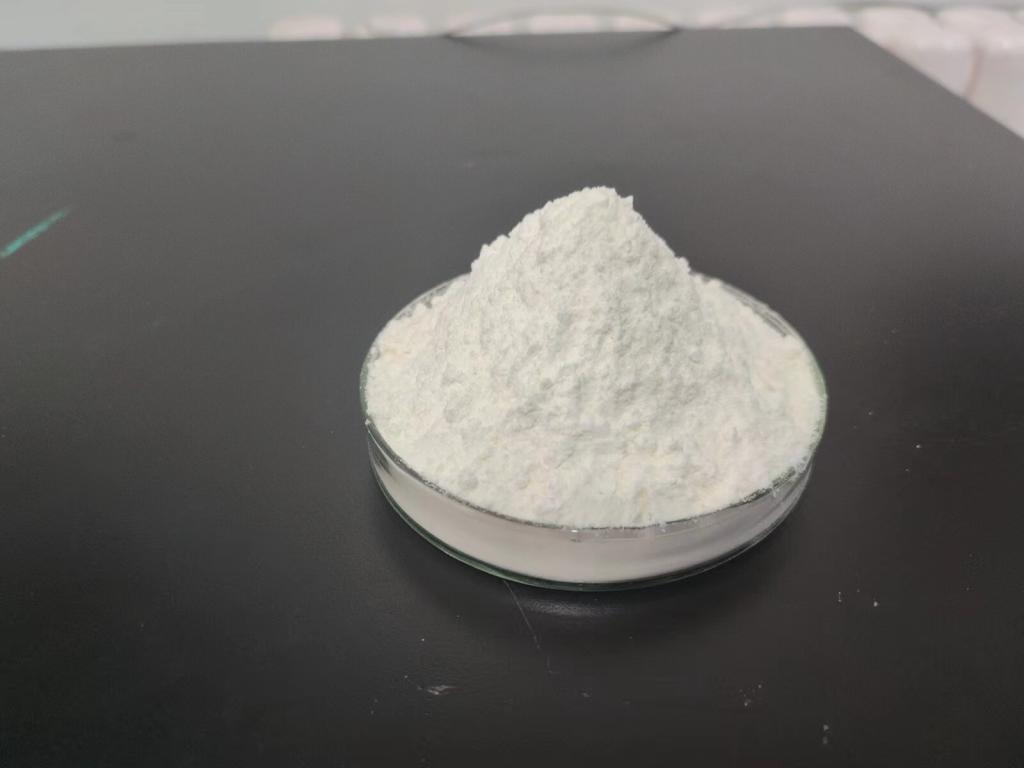Tel:+8618231198596

News
 CONTACT
CONTACT
 CONTACT
CONTACT
- Linkman:Linda Yao
- Tel: +8618231198596
- Email:linda.yao@dcpharma.cn
- Linkman:CHARLES.WANG
- Department:Overseas
- Tel: 0086 0311-85537378 0086 0311-85539701
News
Revolutionizing Food Preservation with ε-Polylysine Hydrochloride
TIME:2024-01-10
Introduction:
The preservation of food has been a constant challenge throughout human history. As our understanding of microbiology has advanced, so too have the strategies employed to combat foodborne pathogens. ε-Polylysine Hydrochloride, a derivative of polylysine, represents a breakthrough in this ongoing quest. This article introduces the reader to the significance of ε-Polylysine Hydrochloride in revolutionizing food preservation and sets the stage for a detailed exploration of its molecular foundations and applications.
The Molecular Marvel: Structure and Composition:
At the heart of ε-Polylysine Hydrochloride's antimicrobial prowess lies its molecular structure. This section takes a closer look at the composition of ε-Polylysine Hydrochloride, unraveling the arrangement of amino acids that confer its stability and functionality. Understanding the intricacies of its molecular makeup is crucial for comprehending the compound's antimicrobial efficacy.
Biosynthesis and Production:
ε-Polylysine Hydrochloride is predominantly produced through microbial fermentation, a process involving specific strains of bacteria capable of synthesizing this potent antimicrobial peptide. This section explores the biosynthetic pathway of ε-Polylysine Hydrochloride, shedding light on the key enzymes and microbial strains involved. Insights into the production process are essential for ensuring the scalability and consistency of this revolutionary compound.
Mechanisms of Action: Targeting Foodborne Pathogens:
The effectiveness of ε-Polylysine Hydrochloride in food preservation stems from its unique mechanisms of action against foodborne pathogens. This section provides an in-depth exploration of how ε-Polylysine Hydrochloride disrupts microbial cell membranes, interferes with essential cellular functions, and exhibits broad-spectrum activity against various pathogens. A comprehensive understanding of these mechanisms is crucial for harnessing the full potential of ε-Polylysine Hydrochloride.
Antimicrobial Spectrum and Efficacy:
One of the standout features of ε-Polylysine Hydrochloride is its broad-spectrum antimicrobial activity. This section examines its efficacy against a wide range of foodborne pathogens, including bacteria, fungi, and viruses. Case studies and research findings illustrate how ε-Polylysine Hydrochloride is becoming a powerful tool in ensuring food safety across diverse food products.
Applications in Food Preservation: Extending Shelf Life Naturally:
The primary application of ε-Polylysine Hydrochloride lies in its ability to extend the shelf life of food products naturally. This section explores its applications in preserving meats, dairy products, beverages, and processed foods. It also highlights how ε-Polylysine Hydrochloride aligns with the growing consumer demand for clean label and natural preservatives.
Synergistic Approaches: Enhancing Antimicrobial Efficacy:
Combinations of antimicrobial agents often exhibit synergistic effects, enhancing overall efficacy. This section investigates the potential synergies between ε-Polylysine Hydrochloride and other antimicrobial compounds. Understanding these interactions opens the door to innovative approaches in food safety strategies, addressing the challenges posed by evolving microbial threats.
Regulatory Considerations and Safety: Paving the Way for Approval:
As ε-Polylysine Hydrochloride finds its place in the food industry, regulatory considerations and safety assessments take center stage. This section discusses the regulatory landscape surrounding this revolutionary compound, emphasizing the importance of adherence to safety standards and the need for rigorous testing. Ensuring the safety of ε-Polylysine Hydrochloride is paramount for its widespread adoption.
Overcoming Challenges: Taste, Formulation, and Consumer Acceptance:
While ε-Polylysine Hydrochloride shows immense promise, challenges exist in terms of taste modulation, formulation compatibility, and consumer acceptance. This section explores the current challenges and proposes potential solutions. Additionally, it discusses ongoing research aimed at optimizing the sensory aspects of food products preserved with ε-Polylysine Hydrochloride.
Future Perspectives: Innovations and Beyond:
As the food industry continues to evolve, the future of ε-Polylysine Hydrochloride appears promising. This section explores potential future directions, including advancements in formulation technologies, novel applications beyond traditional food preservation, and collaborative research initiatives. The ongoing innovation in the field positions ε-Polylysine Hydrochloride as a key player in the future of food safety.
Conclusion:
In conclusion, ε-Polylysine Hydrochloride stands as a revolutionary force in the realm of food preservation. From its molecular foundations to its diverse applications, this article provides a comprehensive overview of how ε-Polylysine Hydrochloride is transforming the way we ensure the safety and longevity of our food supply. As the food industry continues to embrace innovation, ε-Polylysine Hydrochloride emerges as a beacon of progress, promising a future where food can be preserved both naturally and effectively.
- Tel:+8618231198596
- Whatsapp:18231198596
- Chat With Skype







